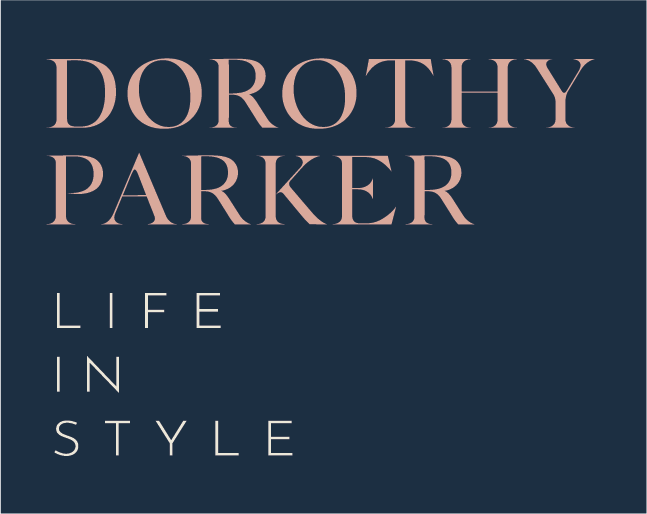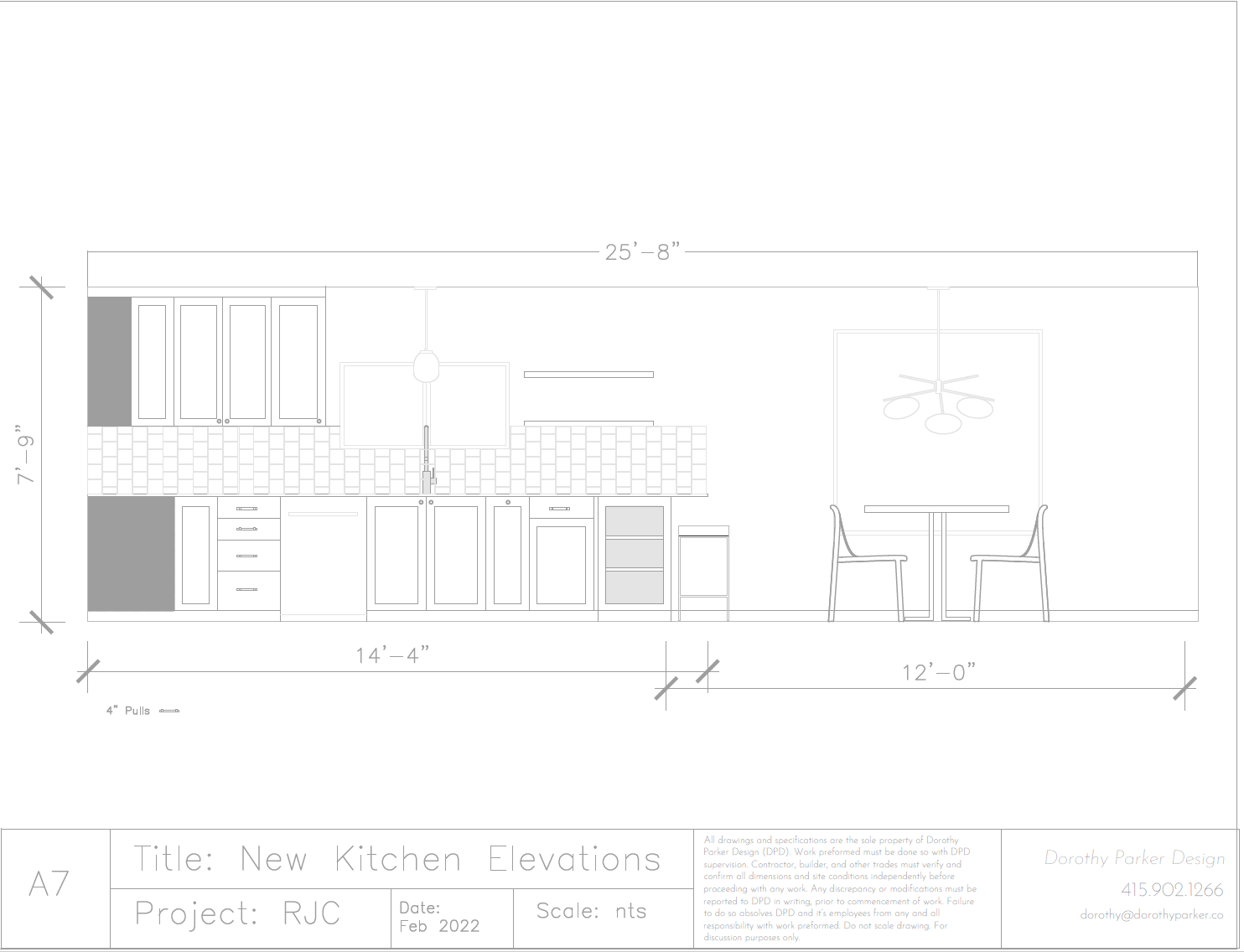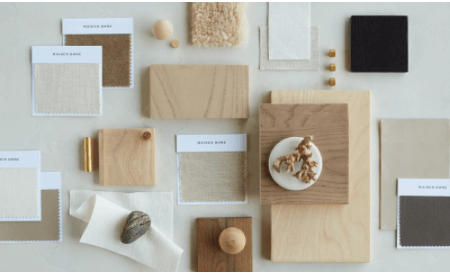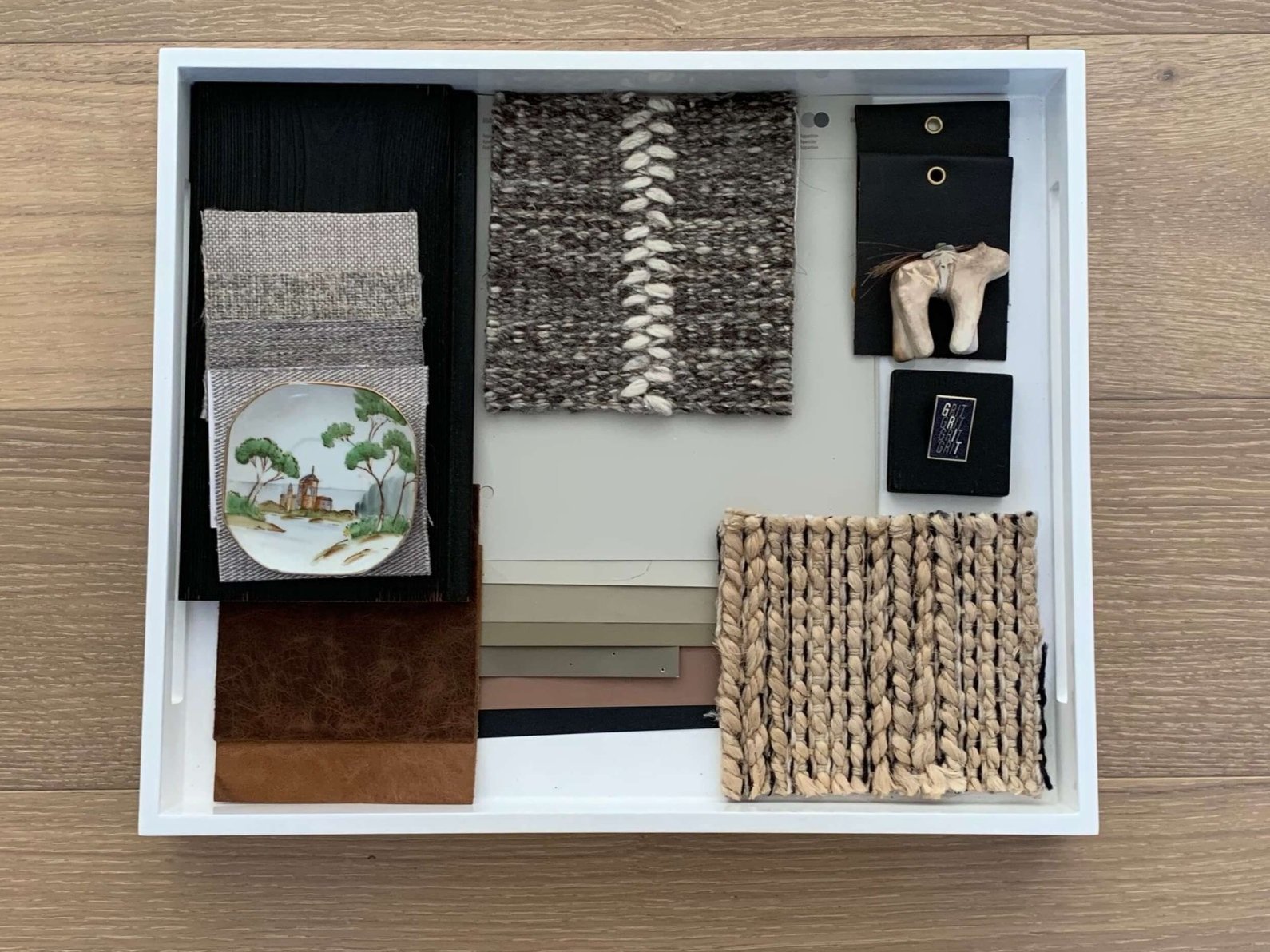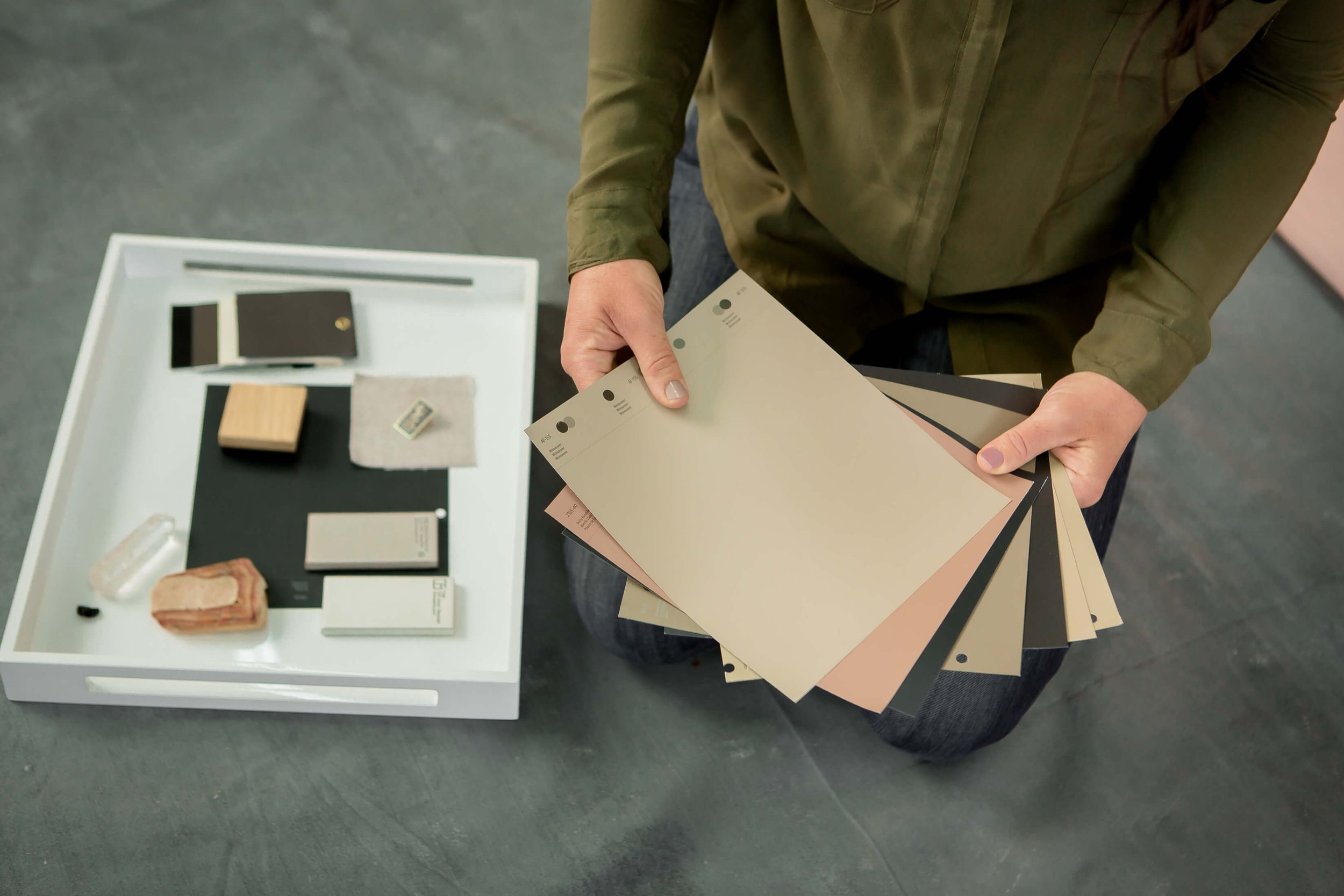What is the Difference Between a Interior Decorator and an Interior Designer?
Many people wonder what the difference between an interior designer and an interior decorator is. As someone interested in linguistics I wanted to explore the actual definition of each.
According to the Merriam-Webster dictionary the definition of a designer is “one who creates and often executes plans for a project or structure”. Similarly, the definition of a decorator is “one that designs or executes interiors and their furnishings”.
Aside from dictionary definitions, what is the actual difference in practice? The answer for an interior designer is simple, it’s either an interior design degree or a minimum of 6 years of experience under a professional designer.
What does this mean for the client and their project? Let’s take a look at some of the small and big differences.
Space Design
This quote from the Rocky Mountain College of Art + Design perfectly states the difference:
“Interior design is the art and science of understanding people’s behavior to create functional spaces within a building, while interior decorating is the furnishing or adorning of a space with decorative elements to achieve a certain aesthetic. In short, interior designers may decorate, but decorators do not design.”
Both decorators and designers know how to pick out furniture and know how it will go into a room. However, a designer will be more likely to use Autocad to create drawings of floorplans and elevations for your space. Autocad is the industry standard for interior designers, architects, furniture designers, and many other design industries. CAD stands for “computer aided design” and due to its price and complexity is overall not used by people who have not been trained to use it.
The advantage of using Autocad is that the design is easily adjusted and duplicated for different purposes. For instance, when it comes to a renovation project there will be multiple plans including:
The Floor Plan with architectural details such as cabinets, windows, and doors.
A Furniture Plan showing the placement and layout of the furniture and large accessories.
The Construction Plan shows what walls are being moved and/or eliminated.
Design Elevations showing pieces in scale and place.
A Ceiling Plan showing where lighting is to be installed.
And lastly, an Electrical Plan that shows outlets and switch locations.
To do any of that by hand would be extremely time consuming and not as accurate or detailed.
Experience
There are many industry groups for both interior design and interior decorating.
For interior design the most prominent group is ASID which stands for the American Society of Interior Designers. There are different levels of ASID memberships and, as a general rule, to be accepted to their organization one must have a degree and/or at least six years of full-time interior design work experience.
Having been in the interior design industry since 2004 with notable and experienced interior designers, I evidently have much more than six years of experience. Additionally my business and life partner has a background in construction specifically for interior designers and helps with renovation and design plans which gives our business an added level of knowledge and expertise.
In contrast, to become a certified interior decorator, one must only complete a course that can take as little as two weeks. Once you get your decoration certification you are on your way to home decoration.
Construction Knowledge
This is likely the biggest difference between decorators and designers. Designers have structural and technical knowledge and skills. A designer can look at a space and can work with contractors and or architects to modify the physical space of a room or a whole home.
For instance, with one of my local clients we are moving a wall and all of its components including electrical and even modifying a vent pipe size to expand the size of the kitchen. For this we will work with a number of trades including demo, wall framing, drywalling & finishing, electrician, and other installers. Our team will oversee the whole schedule and process including creating the plans for it all.
Decoration
In contrast to renovation knowledge, decoration is where designers and decorators are in alignment. Both trades have knowledge about color, pattern, styles, trends, etc. Again here is the execution of it all and the designer or decorator’s experience level. Obviously if someone has been practicing for a long time they will have knowledge and experience that is of great use. When a full service designer is involved they will oversee the paint that is applied, the lighting that is installed, and any other trades that bring the design to life.
How do you pick?
If your project doesn’t need renovations or more than a painted wall, a decorator can certainly get the job done. However a designer can do it as well. So what should you look for in either one?
My advice is to pick someone who you have a good connection with both stylistically and personally. A few good questions to ask either a decorator or a designer are:
What is your design process like?
What type of services do you offer?
What is an average budget for your projects?
How long will it take?
Are you taking new clients and if so do you have a wait list?
Who is on your team and will they be working on my project?
Also you can always ask for references. Many interior designers do charge for a consultation however they don’t charge for exploratory phone calls. When you do either, be sure to have any of your questions ready so you can make the most of your time with them.
Recapping the differences:
When it comes to a project interior designers may decorate, but decorators do not design. The main reasons for this are:
Experience in the interior design industry for at least 6 years or an interior design degree.
Working relationships with construction trades.
Computer aided drawings with the industry standard, Autocad.
Construction knowledge.
Thank you so much for reading this post! I appreciate you and hope you’ve found something helpful.
Want to know more about our sustainable interior design services? Email us here or you can book a complimentary call here.
Designing and facilitating a sustainable home and lifestyle for our clients is at the core of what we do at Dorothy Parker Design. Dorothy Parker is a certified Green AP through the Sustainable Furnishings Council and brings this unique knowledge to create a naturally beautiful home for your family.
Although Dorothy Parker is a Durango, Colorado native, she cultivated her design prose in San Francisco for more than two decades. For ten years, Dorothy worked with renowned designer Ken Fulk, who is now an influential tastemaker with international projects and offices in San Francisco and New York. While working (and wearing many hats) on some of Fulk’s most notorious projects, Dorothy perfected her craft and learned the art of installation as a critical component of the success of a design.
